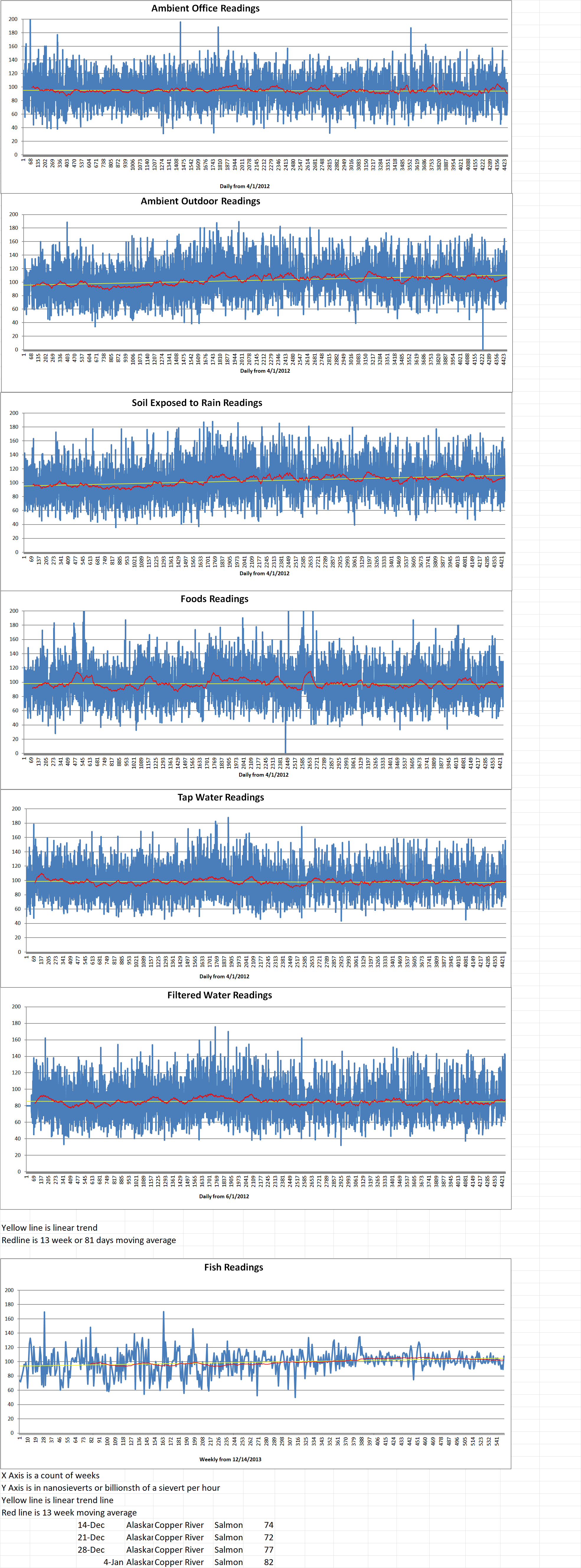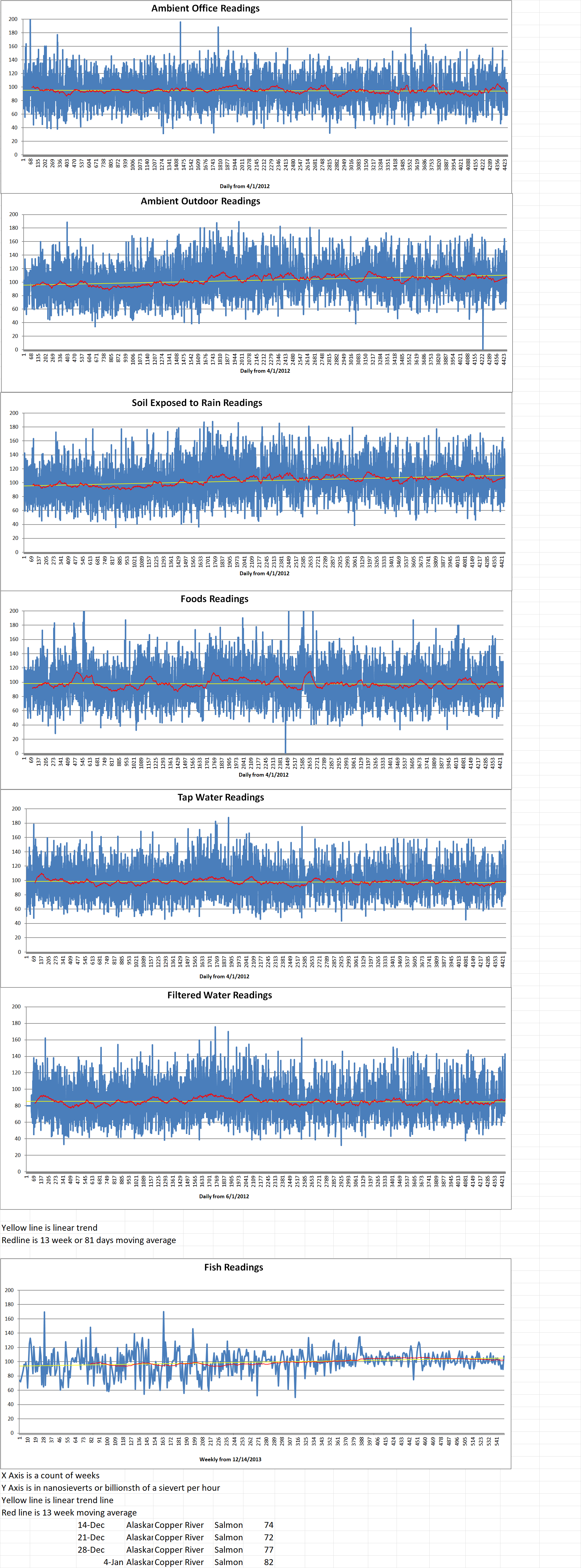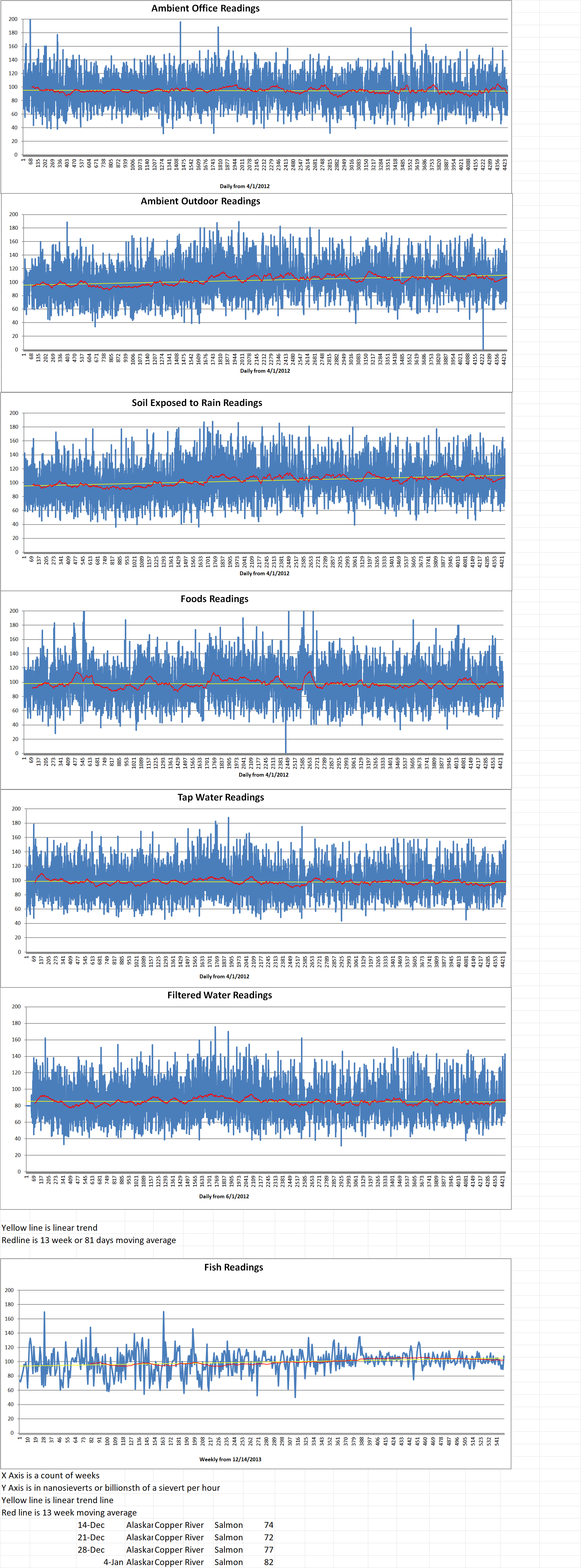Offering a unique approach to powering data centers through nuclear fission energy, Deep Fission and Endeavour Energy have just announced a strategic partnership. Their collaboration plans to bury small modular reactors (SMRs) a mile underground.
A Deep Fission in a press release said, “As part of the agreement, Endeavour and Deep Fission have committed to co-developing 2 gigawatts (GW) of nuclear energy to power Endeavour’s expanding global portfolio of Edged data centers.” Notably, the first reactors are expected to be operational by 2029.
Deep Fission is a nuclear energy company that is pioneering this new approach. They have designed SMRs that are lowered into thirty-inch boreholes drilled a mile deep.
This technique takes advantage of the natural geological properties at that depth. The earth supplies robust containment and constant pressure. This eliminates the need for huge concrete structures typically used for containment in aboveground nuclear reactors.
This approach offers several important advantages. It significantly reduces the cost of construction and minimizes the environmental impact by decreasing the surface footprint of the nuclear power plant.
Elizabeth Muller is Co-Founder and CEO of Deep Fission. She said, “Our technology not only ensures the highest levels of safety but also positions us to deliver zero-carbon continuous power at a cost of just 5-7 cents per kWh.” In addition, it enhances safety by utilizing the natural geological features as a barrier.
Endeavour Energy’s SMR, which it will be co-developing with Deep Fission, will be utilized to power its growing global network of Edged data centers.
Jakob Carnemark is the Founder of Endeavour and Edged data centers. He said, “We are constantly searching for technologies capable of supporting the unprecedented demands of AI and meeting green energy goals, but they have to be economically viable. Deep Fission’s solution slashes the high costs and long timelines of surface-built nuclear projects. It enhances safety, and delivers clean, reliable energy with high power density of more than one hundred megawatts in a quarter acre.”
There is significant momentum for getting power from nuclear reactors for data centers right now.
In October of 2024, Google signed the world’s first corporate agreement with Kairos Power to buy electricity from multiple SMRs for its data centers. As per a blog post from Google, it plans to purchase a total of five hundred megawatts of power from six to seven reactors.
OpenAI CEO Sam Altman-backed nuclear energy startup Oklo has just entered into a partnership to provide up to twelve gigawatts of energy to Switch, a leading AI provider and data center operator.
This highlights the growing need for clean and reliable energy sources for data centers. These sources are crucial to cover the increasing energy demands of AI applications and other compute-intensive workloads.
The latest innovative technology from Deep Fusion has the potential to reshape the energy landscape for a more sustainable future. It can provide a potentially safer and more cost-effective way to generate clean energy.
The press release concludes that “The partnership between Deep Fission and Endeavour will redefine how clean energy is incorporated into electricity-demanding industries.”
Blog
-

Nuclear Reactors 1460 – Deep Fission And Endeavour Energy Are Collaborating In Buried SMRs To Power Data Center
-
Nuclear News Roundup Jan 08, 2025
Law enforcement responds to report of drones flying near Prairie Island nuclear power plant kimt.com
Why the PUCT wants Texas to think ‘nuclear’ when it comes to adding power to our grid click2houston.com
South Korea slams Hegseth over North Korea ‘nuclear power’ comments usatoday.com
Energy Secretary nominee pressed on future of Yucca Mountain nuclear site news3lv.com
-

Geiger Readings for Jan 08, 2025
Ambient office = 107 nanosieverts per hour
Ambient outside = 112 nanosieverts per hour
Soil exposed to rain water = 113 nanosieverts per hour
Red bell pepper from Central Market = 129 nanosieverts per hour
Tap water = 99 nanosieverts per hour
Filter water = 90 nanosieverts per hour
-

Nuclear Reactors 1459 – Friends of The Earth Fight U.S. Grant Of One Billion Dollars To California For Diablo Canyon Nuclear Power Plant
The U.S. Department of Energy (DoE) plans to award one billion dollars in federal funding to keep Central California’s aging Diablo Canyon nuclear plant in operation. An environmental group’s lawsuit to stop the award appears to be on shaky grounds.
U.S. District Judge George Wu was appointed by George W. Bush. At a hearing Thursday in downtown Los Angeles, he expressed reservations about Friends of the Earth’s (FoE) standing to pursue the case.
He noted that no ruling he could issue would change the fact that California wants the plant. The nuclear facility provides nine percent of the state’s electricity. There’s currently not enough renewable energy to meet the state’s climate goals.
PG&E owns and operates the nuclear plant. California has already loaned one billion four hundred million on the condition the company would seek federal grant money to repay the state. If Judge Wu were to agree with the antinuclear group that the DoE is violating National Environmental Policy Act through an outdated environmental analysis, California may very well forgive the loan.
The judge asked the attorneys for FoE, “It the money from California has already come and gone, on what basis do the plaintiffs have standing? If California and PG&E want to go forward, your client has no say.”
The judge did not issue a final decision on the government’s request to dismiss the FoE lawsuit. But he did order PG&E to provide him with a declaration about the state funding it has received and about the terms of the loan.
Founded in 1969 in part to oppose the construction of the nuclear plant on California’s Central Coast, FoE argues that the DoE’s January decision to fund Diablo Canyon went beyond the facility’s previously anticipated shutdown dates of 2024 and 2025. The FoE said that the federal government ignored the fact that a fifty-year-old environmental analysis used for the decision didn’t consider risks beyond those expiration dates.
Even in the best of times, all nuclear reactors carry a risk that an accident will lead to a potential catastrophic radiation release according to FoE.
The FoE said in its complaint, “Diablo Canyon presents an even riskier case, given a significant lack of maintenance or upgrades at the facility, recent seismic discoveries in the area, and the plant’s use of an [sic] outdated cooling mechanisms.”
The DoE asked the judge to dismiss the lawsuit, arguing the FoE lacks standing. It said there is no favorable ruling that could redress the FoE’s purported injuries from the federal government’s award of the grant.
Maggie Woodward is an attorney for the government. She told the judge, “California will allow the plant to operate,” even if the federal funding is withdrawn, “The information that we have shows that they’re not intending to reverse course on this.”
While the plant has exceeded its original forty-year operating licenses, PG&E claims that it’s continually upgraded and undergoes regular inspections by the U.S. Nuclear Regulatory Commission.
The California legislature passed a bill into law in 2022 that directed PG&E to take all “necessary and prudent” measures to extend the nuclear plant’s operations. The plant provides about seventeen percent of the state’s zero-carbon electricity supply. Officials say they should keep the plant running for another five years beyond 2025 to improve statewide energy reliability as California transitions away from oil and gas. -
Nuclear News Roundup Jan 07, 2025
US completes $9B B61-12 nuclear warhead upgrade breakingdefense.com
Alleged Yakuza boss Takeshi Ebisawa admits to smuggling nuclear material abc.new.au
US Nuclear Regulator Pursues ‘More Efficient’ Reactor Approvals energyconnects.com
DPR Korea’s nuclear quest thwarts disarmament efforts, Security Council hears dppa.un.org
-

Geiger Readings for Jan 07, 2025
Ambient office = 102 nanosieverts per hour
Ambient outside = 112 nanosieverts per hour
Soil exposed to rain water = 108 nanosieverts per hour
Mini cucumber from Central Market = 93 nanosieverts per hour
Tap water = 121 nanosieverts per hour
Filter water = 111 nanosieverts per hour
-

Nuclear Reactors 1458 – Laser Photonics Provides Laser Cleaning Tools For The Nuclear Industry
Laser Photonics Corporation (LPC) is a leading global developer of industrial laser systems for cleaning and other material processing applications. LPC announced today that it received an order from the Cooper Nuclear Station (CNS) which is Nebraska’s largest single-unit generator providing clean and reliable electricity.
LPC went on to say that “It is serving a growing number of clients in the nuclear energy sector, and is thrilled that Cooper Nuclear entrusted it to provide its team with innovative laser-powered equipment.
John Armstrong is the Executive Vice President of Laser Photonics. He said, “Laser cleaning technology is rapidly gaining ground as a highly effective alternative to hazardous surface preparation methods.”
In laser cleaning, a high-energy laser beam is used to ablate (break molecular bonds and vaporize) unwanted material, be it contaminants or coatings on a surface. The LPC technology can effectively remove corrosion, coatings, paint, and other substances without damaging the underlying substrate. This laser process is non-contact, controlled, and precise, allowing for the selective removal of unwanted layers. Laser cleaning is being widely adopted as professionals in various industries discover the benefits of this technology. Laser Photonics designs laser cleaning tools in-house. It offers its clients turnkey and custom-tailored solutions that replace outdated and harmful industrial cleaning processes.
LPC’s CleanTech laser cleaning technology transforms surface preparation across numerous industries. It helps preserve vintage vehicles, maintain critical infrastructural elements, restore historical artifacts, recommission military equipment, and stop corrosive deterioration on boats.
The CleanTech CR-3010 that was purchased by CNS, is a commercial-grade handheld continuous wave fiber laser machine for surface preparation. It effectively removes contaminants and coatings off a variety of surfaces during maintenance and production processes. It has demonstrated its capability to blast off radioactive particles along with unwanted material. Combined with a fume extractor, the system turns into an irreplaceable power tool for the regular maintenance of equipment and infrastructure.
CNS is operated by the Nebraska Public Power District (NPPD). It plans to use the CleanTech CR-3010 for paint and rust removal in the pre-weld preparation of valves, pipes and steel plates.
Laser ablation is an eco-friendly surface preparation method for businesses who want to reduce their ecological impact. It does not involve the use of hazardous consumables and generates minimal secondary waste. LPC technology continues to be adopted in the nuclear industry and others industries as companies worldwide advance toward their sustainability goals.
Laser Photonics is a vertically integrated manufacturer and research and development center for industrial laser technologies and systems. Laser Photonics seeks to disrupt the forty-six billion dollars, centuries-old sand and abrasives blasting markets by focusing on surface cleaning, rust removal, corrosion control, de-painting and other laser-based industrial applications. Laser Photonics’ new generation of leading-edge laser blasting technologies and equipment also deals with the numerous health, safety, environmental and regulatory issues associated with the old methods. As a result, Laser Photonics has quickly gained a reputation as an industry leader in industrial laser systems. It is a brand that stands for quality, technology and product innovation. World-renowned and Fortune 500 manufacturers in the aerospace, automotive, defense, energy, maritime, nuclear and space industries are using Laser Photonics’ “unique-to-industry” systems. For more information, visit Laser Photonics. -
Nuclear News Roundup Jan 06, 2025
Iran steps up air defense drills near key nuclear site amid Israeli, US threats timesofisrael.com
Iran nuclear program nearing ‘point of no return’, France’s Macron says Aljazeera.com
Three SMRs selected for evaluation in ship propulsion study world-nuclear-news.org
Russia Commissions Fifth Yasen Nuclear Attack Sub news.usni.org
-

Geiger Readings for Jan 06, 2025
Ambient office = 77 nanosieverts per hour
Ambient outside = 99 nanosieverts per hour
Soil exposed to rain water = 92 nanosieverts per hour
Green onion from Central Market = 80 nanosieverts per hour
Tap water = 106 nanosieverts per hour
Filter water = 100 nanosieverts per hour
-
Nuclear News Roundup Jan 05, 2025
Nuclear weapons have no place in Iran’s doctrine: diplomat en.mehrnews.com
Landmark module installation at Lianjiang 2 world-nuclear-news.org
Kazakh-China fuel plant reaches nameplate capacity world-nuclear-news.org
Westinghouse Awarded NASA-DOE Contract to Continue Development of Space Microreactor Concept westinghousenuclear.com
